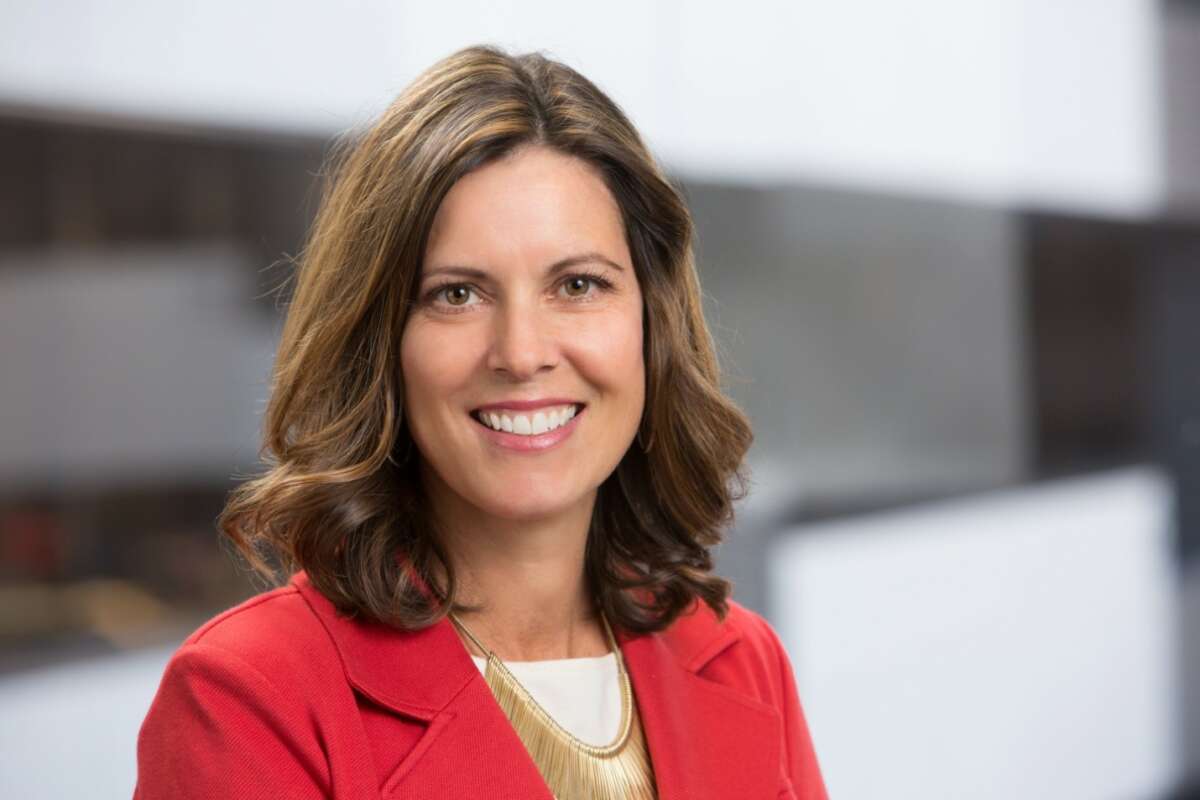

As we march into 2023, many advisory firms are challenged with accomplishing more with existing resources, keeping up with technological advances and future-proofing their business to best serve clients as their needs and expectations evolve. As a result, many areconsidering new technology to address these challenges,and some are even rethinking the very definition of what being a financial advisor entails.
Financial health remains top of mind for many. In fact, according to a recent CNN poll, nearly half of Americans say they’re financially worse off than they were a year ago. And, a recent intelliflo survey validates that this financial anxiety spans generations; 64% of Gen Z,81% of Millennials and 75% of Gen X are concerned about their current financial situation.
Despite this widespread worry, consumers remain unsure on how to find help. Another intelliflo survey found that nearly three in five Americans (59%) want financial advice but are not sure where to get it. Only about one in three Americans (32%) are turning to registered financial advisors for financial advice, while more than half are turning to family and, perhaps most alarming, more than two in five (41%) are looking to digital sources.
This means financial advisors have a large opportunity to grow their client base, reach more people and help them create and carry out a solid financial plan. However, the problem is that most advisors are already stretched thin, struggling to serve existing clients with the resources currently available to them. There simply isn’t enough bandwidth in many firms to expand with their existing operating model and technology stack.
This is where modern technology can unlock significant potential. Automating lower-value interactions and processes – even someself-serviceoptions – creates efficiencies and frees the advisor’s time to focus on high-value client conversations and growth. Technology can create efficiencies but more importantly, it can create a better experience for clients.
This is commonly becoming known as a hybrid advice strategy –a flexible model in which clients in earlier stages of thefinancial advice journey are primarily served via digital channels and tools. To effectively implement such a strategy, advisors are increasingly moving away from fragmented point solutions, which typically don’t integrate well, in favor of a platform approach. This enables a more unified, uninterrupted user journey across both digital and physical touchpoints.
The current economic unease is doing more than highlighting the need to leverage technology more strategically; it’s also accelerating the already evolving role of the financial advisor. Advisors are expected to show up with greater empathy, especially in the face of such financial anxiety. What used to resemble more of a transactional relationship is becoming more personal.
Part of this shift requires advisors to bring a wider skill set to the table, actively advising on life events and situations that fall outside of the traditional financial advisory relationship. For example, advisors are increasingly being tapped to weigh in on which insurance options and plans make the most sense for their clients, or how to best set up long-term care arrangements for aging parents.
Leading with more compassion and a broader set of skills will prove valuable when clients come to advisors to discuss their financial concerns given the current outlook. A volatile market increases the likelihood of people making rash, and often reckless, financial decisions. To mitigate this risk, advisors should be prepared to discuss long-term plans, 10 to even 30 years out. Deeper discussions around the future can help clients understand why they need to stay the course, even in the face of economic uncertainty. These conversations, while sometimes difficult, can strengthen relationships and loyalty.
This year will accelerate the trend of hybrid advice models and modernizing the advisor role. And, these trends are closely related: being able to facilitate broader, deeper client conversations requires more time, which automation and modern technology can help provide. Those firms that closely evaluate and optimize their technology stack and advisor responsibilities and skills will be well positioned for success in 2023 and beyond.


